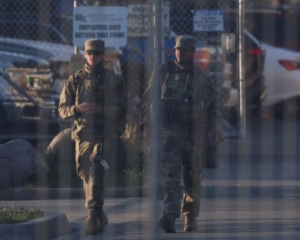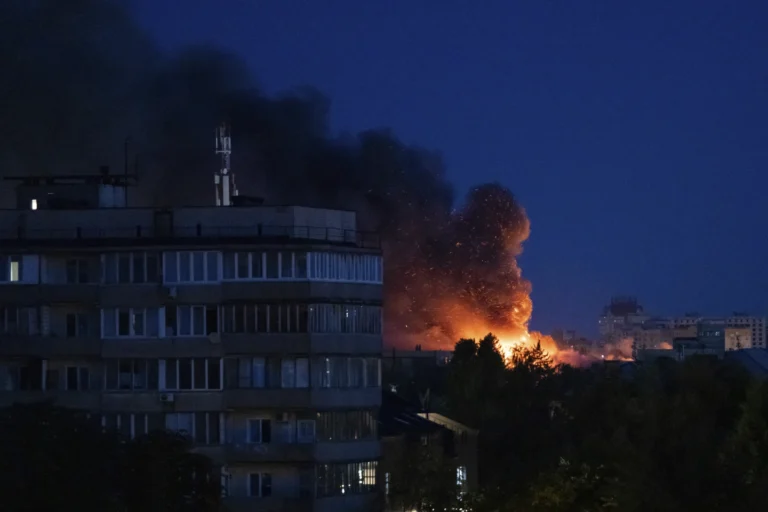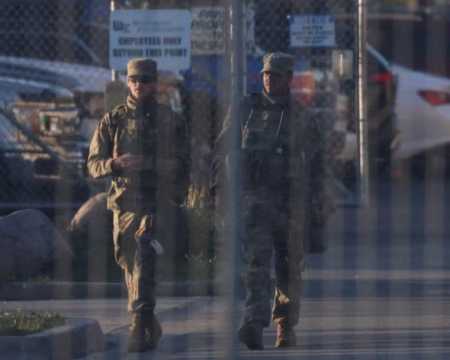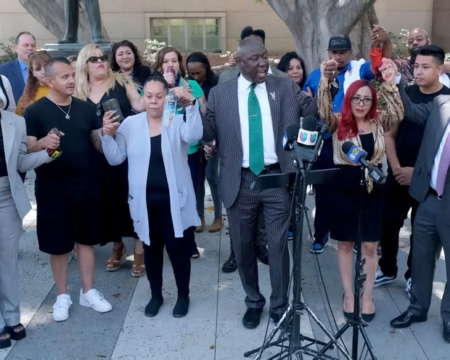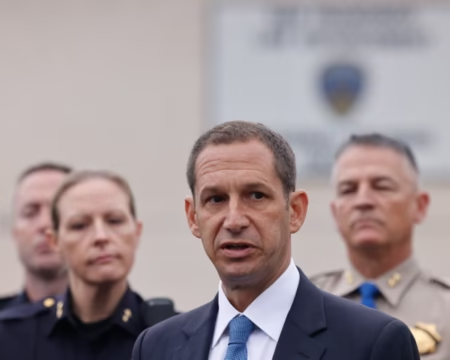The United States has decided to pause certain weapon shipments to Ukraine after a detailed Pentagon review revealed that American stockpiles have dropped to concerning levels. The halt affects munitions that had previously been promised to Ukraine and reflects a shift in foreign policy under the leadership of President Donald Trump.
This change comes at a difficult time for Ukraine. The country is facing some of the heaviest aerial attacks from Russia since the war began in February 2022. With peace talks stalled, Ukraine’s defense forces rely heavily on international support, particularly from the United States, which has supplied more than $66 billion in military aid since the conflict began.
A spokesperson from the White House said the decision was made with national interest in mind. “This decision was made to put America’s interests first following a review of our nation’s military support and assistance to other countries across the globe,” the statement read. The White House also reaffirmed confidence in the strength and readiness of the U.S. Armed Forces.
The Pentagon has not disclosed exactly which weapons are being withheld. However, an anonymous official stated that some items will no longer be shipped because stocks are running too low to risk further depletion. The Defense Department emphasized that the current administration is focused on modernizing U.S. military systems and protecting the country from modern threats.
Sean Parnell, a Defense Department spokesperson, confirmed that the military remains fully prepared. He also pointed to a new tax and spending plan currently in Congress that aims to upgrade U.S. weapons and ensure long-term defense readiness.
While Ukraine faces growing pressure on the battlefield, the shift in U.S. policy is seen as a setback. Russia’s recent wave of bombings has added urgency to the need for air defense systems, particularly U.S.-made Patriot missiles. Though Ukraine has requested more of these systems, it remains uncertain how many, if any, will be delivered.
President Trump, who met with Ukrainian President Volodymyr Zelenskyy at a NATO summit last week, acknowledged the importance of air defense. He said that the U.S. is reviewing if more Patriot systems could be shared, but added that America also needs these systems for its own defense and for allies like Israel.
This approach marks a clear shift in policy. In recent months, senior officials in the Trump administration have signaled that military aid to Ukraine would no longer be as generous as before. Defense Secretary Pete Hegseth has pushed for cutting down on what he called wasteful spending and reallocating resources to match the administration’s goals.
Hegseth told lawmakers in June that achieving a negotiated peace between Russia and Ukraine is now a top priority. He claimed such a peace deal would show American strength and stability. According to him, the current defense budget includes tough choices and encourages European nations to take more responsibility for their regional security.
While some aid is still expected to reach Ukraine, officials have made it clear that future support will be smaller and more selective. Hegseth did not attend a recent meeting of the Ukraine Defense Contact Group — a body formed three years ago to coordinate aid. It was the first time a U.S. defense secretary missed the session, a break from past practice under former Defense Secretary Lloyd Austin.
During Austin’s time, the U.S. played a key role in the group, helping to lead monthly discussions on support strategies for Ukraine. With the current leadership absent, it’s uncertain whether the group will continue to function with the same influence from Washington.
Elbridge Colby, the Defense Department’s undersecretary for policy, noted that officials are still providing the president with military support options that align with the administration’s plan to end the war. At the same time, he said, the Pentagon is reevaluating how best to protect American forces and maintain national security.
The freeze in US weapon aid could shift the dynamics of the conflict and leave Ukraine looking for other sources of support. As the war stretches into its fourth year, and with peace still far from reach, both military strategy and diplomacy remain in flux.



